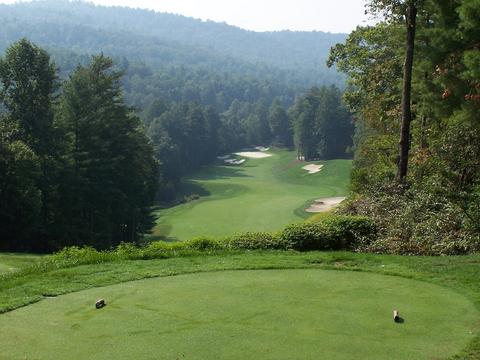A few golf course community developers bucked the stock market and new home construction trends yesterday, registering sizable gains in share prices on a day when, despite extreme volatility, the Dow Jones Industrials finished flat.
No one did better than the
Bluegreen Corporation , whose one-day rise of 1.27 points (or 18.1%) to 8.29 per share was the 7th largest percentage increase of any stock selling for $2 or more on the New York Stock Exchange.
Lennar Corporation posted a decent gain, rising .94 to 30.96. The
Del Webb organization, which specializes in age-restricted communities with appropriately designed golf courses, was flat yesterday, but as I write this today, their stock has opened up almost 8% today. It is always a fool's paradise to figure out what the "Street" is thinking, but investors must like some of the cost cutting going on in the industry, as well as the thought that maybe things will stabilize soon, baby boomers will be able to sell their homes in the north and continue the march south to their dream retirements.
I'm planning to profile some of the development companies in the future; the three mentioned above are all well regarded in real estate development circles. Last year, I visited Bluegreen's Chapel Ridge development in Chapel Hill, NC. The community was in its second year of operation, with a fair number of lots and homes available at the time. Prices were in the mid-six figures. The course was a nice Fred Couples design that wasn't too taxing but had enough trouble, in the form of streams and angled doglegs, to make you think a few times. The community seemed well suited to a mix of families and retired folks who want to take advantage of one of the most vibrant, university oriented towns in America.
Bluegreen's other golfing communities are located in Georgia and Texas. The organization also owns golf resorts across the country.
























